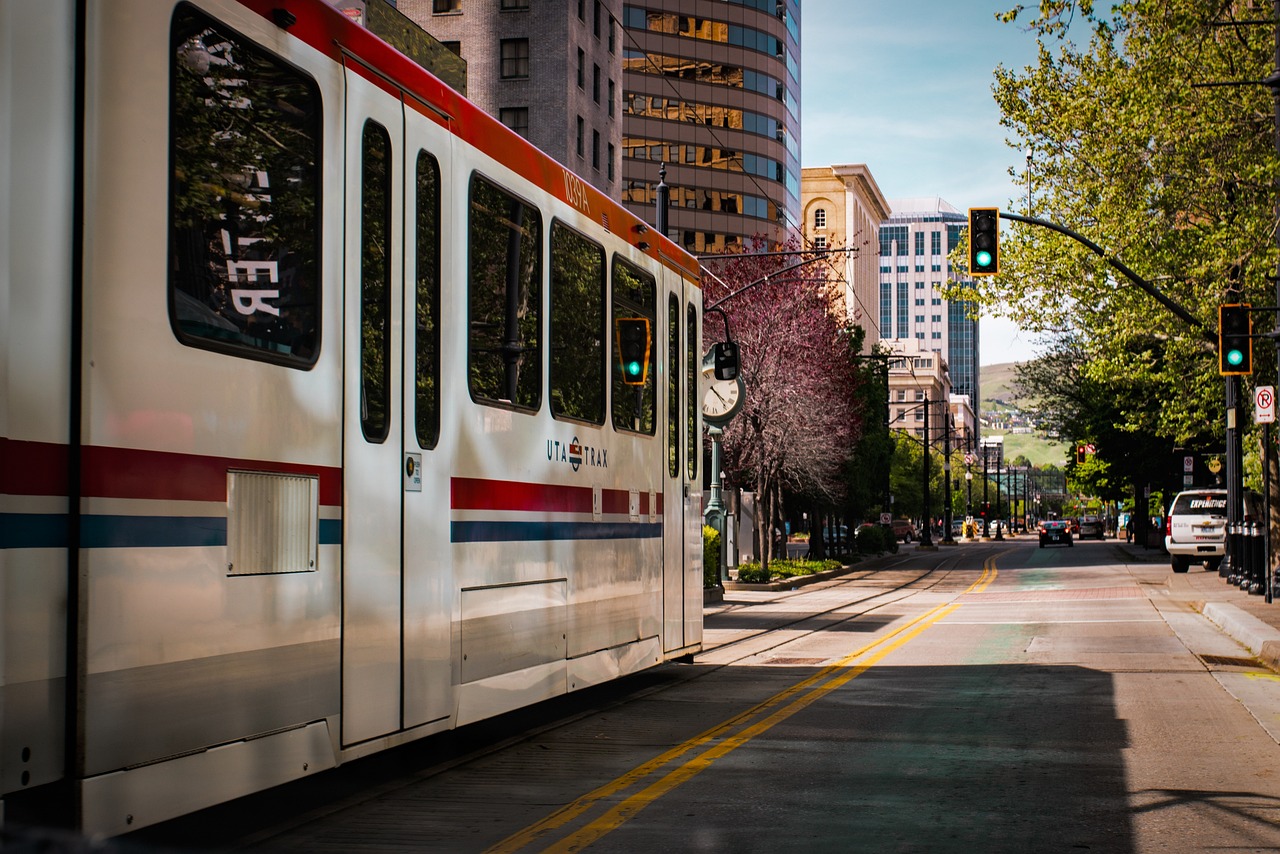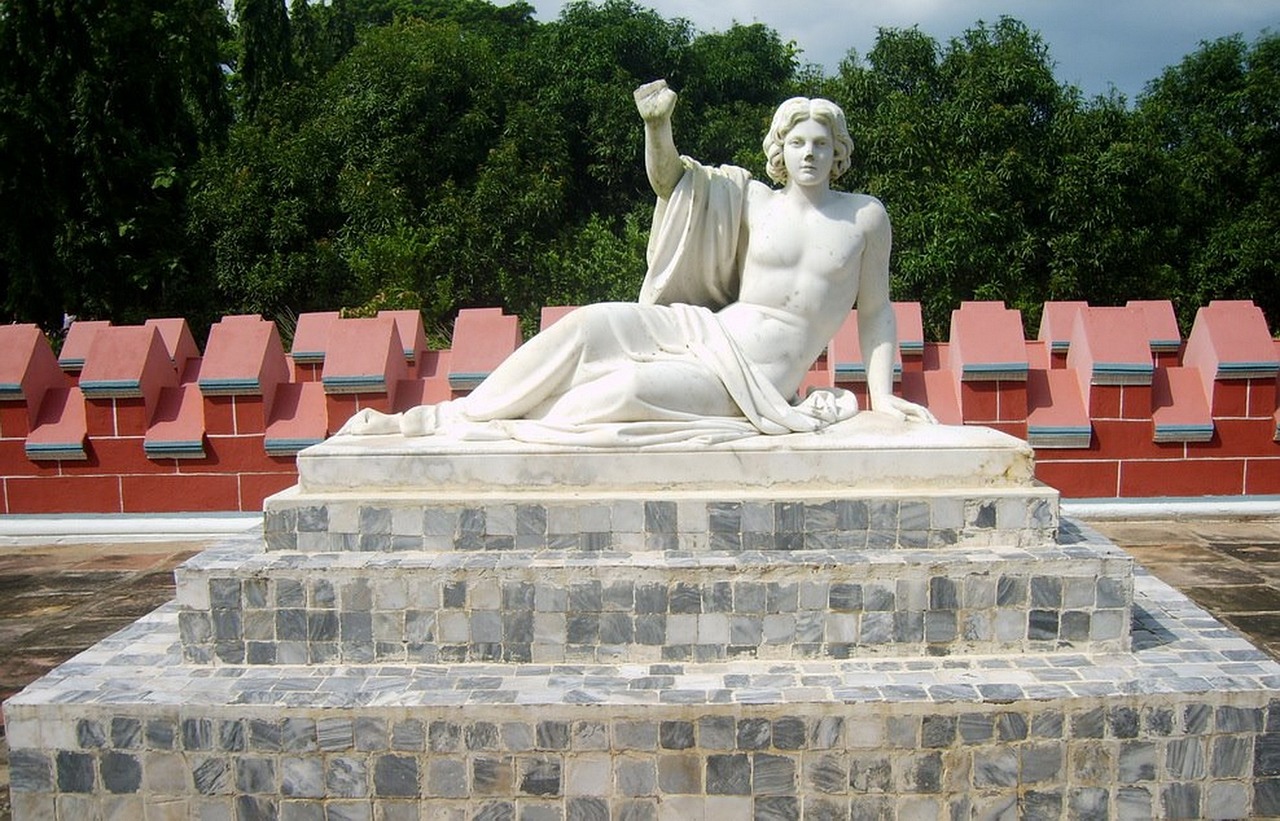This article explores the enduring legacy of Kolkata’s tram system, examining its historical significance, current operations, and the factors contributing to its continued relevance in modern urban transport.
The Historical Significance of Kolkata’s Trams
Kolkata’s tram system, established in 1902, stands as a testament to the city’s rich transport heritage. It was one of the first electric tram systems in Asia, revolutionizing urban mobility. The trams not only facilitated commuting but also shaped the city’s socio-economic landscape, connecting various neighborhoods and fostering commerce.
Current Operations and Routes
Today, Kolkata’s trams operate on several key routes, serving diverse neighborhoods across the city. With a network that spans over 40 kilometers, these trams are vital for daily commuters, providing an affordable and reliable mode of transport. The tram routes are strategically designed to connect major residential and commercial areas, ensuring accessibility for all.
Daily Ridership Statistics
Understanding the daily ridership statistics is crucial for illustrating the tram system’s relevance. On average, the trams accommodate over 100,000 passengers daily, with a demographic that includes students, professionals, and the elderly. This diverse ridership underscores the trams’ importance in everyday life.
Peak vs. Off-Peak Hours
Ridership patterns vary significantly between peak and off-peak hours. During peak hours, trams can be quite crowded, reflecting their popularity among commuters. Conversely, off-peak hours see a decrease in ridership, prompting discussions on service frequency and efficiency.
Impact of Festivals and Events
Special events and festivals greatly influence tram ridership. Cultural celebrations often lead to increased passenger numbers, necessitating adjustments in service to accommodate the higher demand. This adaptability highlights the tram system’s role in supporting the city’s cultural fabric.
Maintenance and Upgrades
The longevity of Kolkata’s tram system relies on consistent maintenance and timely upgrades. Authorities are committed to ensuring safety and efficiency, with ongoing efforts to modernize the fleet and infrastructure.
Environmental Impact and Sustainability
Kolkata’s trams represent a sustainable transport option, contributing to a greener urban environment. By providing an electric alternative to fossil-fuel-based transport, trams help reduce traffic congestion and air pollution.
Reducing Carbon Footprint
Trams play a significant role in lowering the city’s carbon footprint. Their electric operation minimizes greenhouse gas emissions, aligning with global sustainability goals.
Promoting Public Transport Use
Encouraging the use of public transport is essential for urban sustainability. The tram system promotes this by offering a reliable alternative, influencing residents’ choices in favor of public transit.
Challenges Facing the Tram System
Despite its advantages, Kolkata’s tram system faces challenges. Infrastructure limitations and competition from buses and ride-sharing services threaten its operation and future viability.
Infrastructure Limitations
The existing infrastructure presents challenges for tram operations, including road congestion and limited track space. Addressing these issues is crucial for enhancing service efficiency.
Competition from Other Transport Modes
With the rise of buses and ride-sharing services, Kolkata’s trams face stiff competition. This competition impacts ridership levels and necessitates service enhancements to maintain relevance.
The Future of Kolkata’s Tram System
Looking ahead, the future of Kolkata’s tram system hinges on innovation and investment. Potential developments, such as the introduction of modern trams and expanded routes, could enhance its service and sustainability, ensuring that this historic mode of transport continues to thrive in the 21st century.

The Historical Significance of Kolkata’s Trams
Kolkata’s tram system, established in 1902, holds the distinction of being one of the oldest tram systems in Asia. Its inception marked a pivotal moment in the city’s transportation history, providing a reliable and efficient mode of transport for the growing urban population. Initially introduced to alleviate congestion and offer an alternative to horse-drawn carriages, the tram system quickly became an integral part of Kolkata’s transport landscape.
The trams were not just a means of transportation; they represented a significant technological advancement for the time. They facilitated urban mobility and connected various neighborhoods, contributing to the city’s economic and social development. As Kolkata expanded, the tram network evolved, incorporating new routes and services that catered to the needs of its diverse population.
Over the decades, the tram system has witnessed numerous changes, including the transition from steam-powered to electric trams, which began in the early 20th century. This shift not only improved efficiency but also reduced pollution, making trams a more sustainable choice for urban transport.
Despite the rise of modern transportation options, Kolkata’s trams have maintained their charm and utility. They continue to serve as a vital link for daily commuters, especially in areas where road traffic is dense. The historical significance of the tram system is further underscored by its cultural impact; trams have become a symbol of Kolkata’s heritage, often featured in literature and art, reflecting the city’s unique character.
In summary, the historical significance of Kolkata’s tram system lies in its ability to adapt and persist in a rapidly changing urban environment. Its legacy is a testament to the city’s commitment to preserving an essential part of its transport history while continuing to serve the needs of its residents.
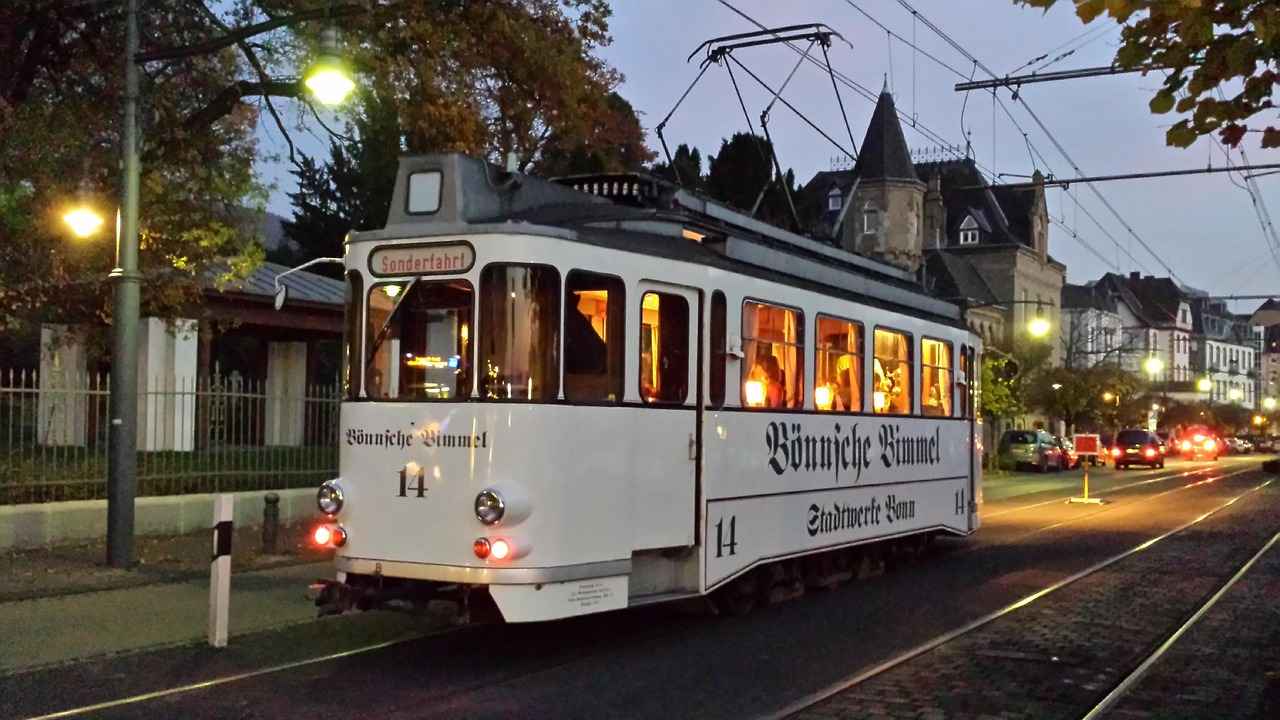
Current Operations and Routes
As of today, Kolkata’s tram system continues to be a vital component of the city’s public transportation network. Operating on several key routes, the trams serve a variety of neighborhoods, providing an essential service to daily commuters. This section offers a comprehensive overview of these operational routes and their significance.
| Route Name | Starting Point | Ending Point | Neighborhoods Served |
|---|---|---|---|
| Esplanade to Tollygunge | Esplanade | Tollygunge | Chowringhee, Tollygunge |
| Shyambazar to Khidirpur | Shyambazar | Khidirpur | Shyambazar, Khidirpur |
| Gariahat to BBD Bagh | Gariahat | BBD Bagh | Gariahat, BBD Bagh |
The tram routes are strategically designed to connect major commercial hubs, educational institutions, and residential areas, ensuring accessibility for a diverse range of passengers. The importance of these routes cannot be overstated, as they provide a reliable and cost-effective mode of transportation for thousands of commuters each day.
- Accessibility: The tram system offers easy access to various parts of the city, making it a preferred choice for daily travelers.
- Affordability: With relatively low fares, trams are an economical option for many residents.
- Environmental Benefits: The electric trams contribute to reduced traffic congestion and lower emissions compared to traditional vehicles.
In summary, the operational routes of Kolkata’s tram system play a crucial role in the daily lives of its residents, offering not only a means of transportation but also contributing to the city’s overall sustainability goals.
Daily Ridership Statistics
Understanding the of Kolkata’s tram system is crucial in illustrating its ongoing relevance in urban transportation. By analyzing the number of passengers utilizing the trams, along with their demographic profiles, we gain valuable insights into the system’s impact on daily commuters and the community at large.
According to recent data, the tram system serves approximately 200,000 passengers daily, showcasing its significance as a means of transportation in Kolkata. The ridership varies significantly throughout the day, with peak hours witnessing a surge in passenger numbers, particularly during the morning and evening commutes. This trend underscores the necessity for efficient service during these times to accommodate the high demand.
| Time Period | Average Passengers | Peak/Off-Peak |
|---|---|---|
| Morning (7 AM – 10 AM) | 80,000 | Peak |
| Afternoon (12 PM – 3 PM) | 50,000 | Off-Peak |
| Evening (5 PM – 8 PM) | 70,000 | Peak |
The demographic composition of tram users is diverse, encompassing a wide range of age groups and socioeconomic backgrounds. A significant portion of the ridership consists of students and working professionals, reflecting the tram’s role as a vital link for education and employment.
Moreover, the tram system is particularly popular among residents of lower and middle-income neighborhoods, where access to affordable transportation is essential. This accessibility enhances the quality of life for many, making the tram an integral part of the city’s transportation network.
In conclusion, the daily ridership statistics not only highlight the tram system’s relevance but also emphasize the need for ongoing improvements and adaptations to meet the evolving demands of Kolkata’s population. By understanding who uses the trams and when, stakeholders can make informed decisions that ensure the tram system remains a vital component of the city’s transportation landscape.
Peak vs. Off-Peak Hours
Analyzing the ridership patterns of Kolkata’s tram system during peak and off-peak hours provides valuable insights into passenger behavior and service demand. Understanding these fluctuations is crucial for optimizing operational efficiency and ensuring that the tram service meets the needs of its users.
During peak hours, typically occurring in the mornings and evenings when commuters are traveling to and from work, the tram system experiences a significant surge in ridership. This increase can be attributed to the high volume of daily commuters who rely on trams as a primary mode of transportation. Consequently, trams often run at full capacity, leading to crowded conditions and potential delays.
In contrast, off-peak hours, which occur during the midday and late evening, see a noticeable decline in passenger numbers. This reduction in demand allows for a more comfortable travel experience, with trams operating with fewer passengers. Understanding these patterns is essential for adjusting service frequency. For instance, during off-peak hours, trams can operate less frequently, which helps reduce operational costs while still providing adequate service.
| Time Period | Typical Ridership | Service Frequency |
|---|---|---|
| Peak Hours | High | Every 10-15 minutes |
| Off-Peak Hours | Low | Every 20-30 minutes |
By closely monitoring these trends, tram operators can make informed decisions about scheduling and resource allocation. Additionally, adjusting services based on ridership patterns can improve overall efficiency and customer satisfaction, ensuring that the tram system remains a viable and attractive option for urban commuters.
Impact of Festivals and Events
Festivals and special events play a crucial role in shaping the ridership patterns of Kolkata’s tram system. These cultural celebrations not only attract large crowds but also create unique demands on public transportation services. Understanding this impact is essential for optimizing tram operations and enhancing passenger experiences.
Increased Passenger Numbers
During major festivals such as Dussehra, Durga Puja, and Poila Boisakh, the number of passengers utilizing the tram system can surge dramatically. These events draw locals and tourists alike, contributing to a significant rise in ridership. For instance, during Durga Puja, it is not uncommon for tram ridership to double, as people flock to various pandals and festivities across the city.
Service Adjustments
To accommodate the increased demand, tram services often undergo adjustments. This may include:
- Extended operating hours to cater to late-night revelers.
- Increased frequency of trams on popular routes to reduce waiting times.
- Special services or routes that connect major event locations directly.
Challenges During Events
While festivals boost ridership, they also pose challenges. Traffic congestion, roadblocks, and pedestrian crowds can hinder tram operations. To mitigate these issues, tram authorities often collaborate with local law enforcement and event organizers to ensure smooth transit. This partnership helps in planning detours and maintaining service reliability during peak event times.
Community Engagement
Moreover, trams often become an integral part of the festival experience, with themed decorations and promotional activities. This engagement not only enhances the festive atmosphere but also fosters a sense of community among passengers. By embracing these cultural events, Kolkata’s tram system reinforces its position as a vital urban transport option.
In summary, the impact of festivals and events on tram ridership is profound. By adapting to these fluctuations and enhancing services, Kolkata’s tram system continues to thrive, ensuring that it meets the needs of its diverse passenger base.
Maintenance and Upgrades
The longevity of Kolkata’s tram system is fundamentally linked to its effective maintenance and timely upgrades. This essential aspect ensures that the trams remain not only safe but also efficient for the daily commuters who rely on this mode of transport. The ongoing efforts in this area are critical for sustaining the operational integrity of the tram network.
Regular maintenance schedules are meticulously planned to address both preventive and corrective measures. Maintenance teams conduct thorough inspections of the trams, focusing on key components such as the braking system, electrical systems, and track conditions. These inspections help identify potential issues before they escalate, thus ensuring the safety of passengers and staff alike.
In addition to routine maintenance, upgrades are essential to adapt to the evolving demands of urban transport. The introduction of modern technologies such as energy-efficient systems and advanced signaling mechanisms enhances the overall performance of the trams. For instance, the integration of GPS tracking allows for real-time monitoring of tram locations, which in turn improves scheduling and reduces wait times for passengers.
Moreover, community feedback plays a vital role in shaping the maintenance and upgrade strategies. Engaging with passengers through surveys and public forums helps the tram authorities understand user needs and expectations. This collaborative approach not only builds trust but also encourages more people to opt for trams as a reliable transport option.
In conclusion, the ongoing maintenance and upgrades of Kolkata’s tram system are paramount for its sustainability. By investing in these areas, the city not only preserves a vital piece of its heritage but also ensures that the tram system remains a safe, efficient, and sustainable choice for urban transport in the 21st century.
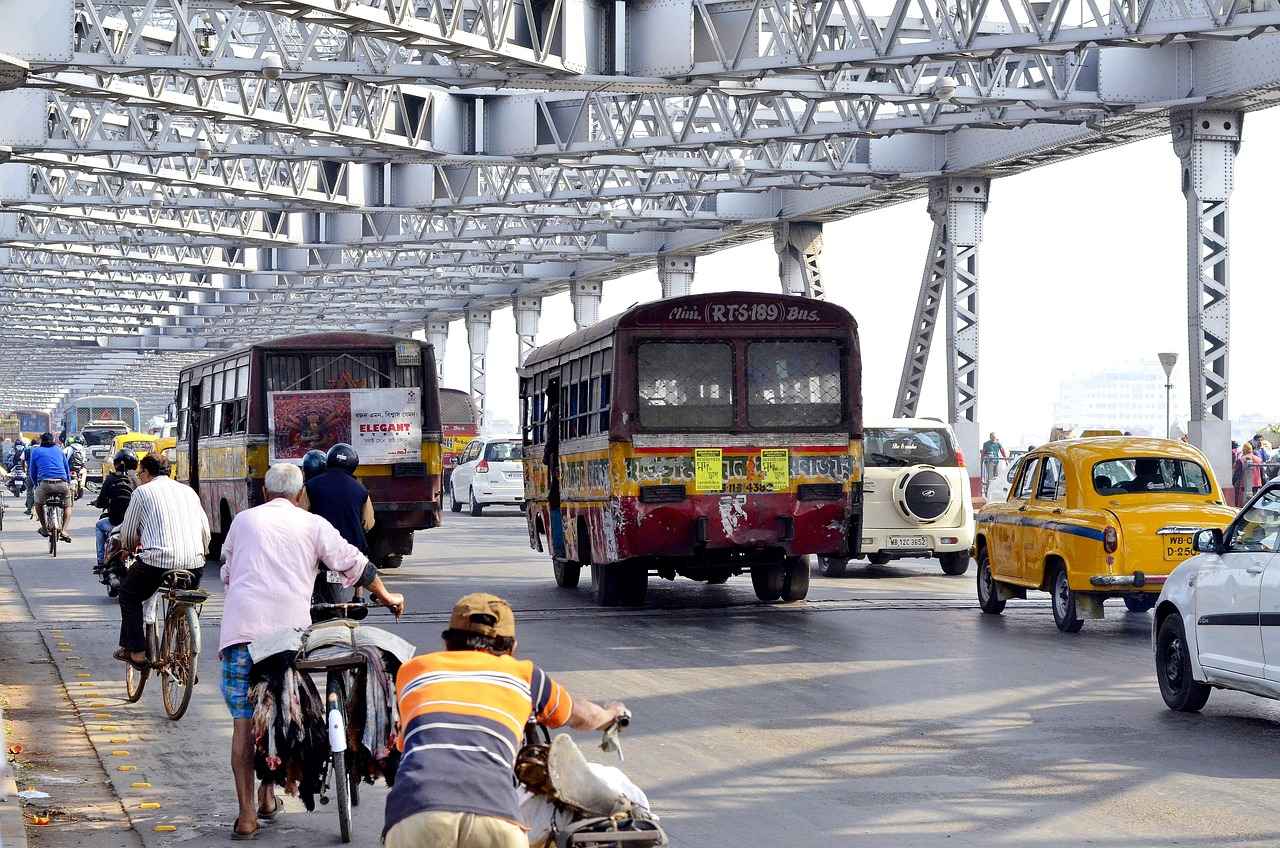
Environmental Impact and Sustainability
Kolkata’s tram system is not just a relic of the past; it stands as a beacon of sustainable transport in the bustling urban landscape of the city. As the world increasingly shifts towards environmentally friendly transport solutions, the trams of Kolkata offer a compelling case study of how public transportation can align with sustainability goals.
The environmental benefits of Kolkata’s trams are multifaceted. First and foremost, they significantly reduce greenhouse gas emissions when compared to traditional fossil fuel-powered vehicles. By utilizing electric power, trams contribute to a lower carbon footprint, making them a cleaner alternative for daily commuters. This is particularly important in a city like Kolkata, where air pollution is a growing concern.
Moreover, trams encourage the use of public transport, which is vital for reducing traffic congestion. When more people opt for trams instead of personal vehicles, the result is a decrease in road traffic, leading to less air pollution and a more efficient urban transportation network. This shift not only benefits the environment but also enhances the quality of life for residents.
In addition to their direct environmental benefits, Kolkata’s trams play a role in promoting social sustainability. They provide affordable transport options for a diverse demographic, ensuring that mobility is accessible to all, regardless of economic status. This inclusivity fosters a sense of community and encourages social interactions among different groups of people.
However, the tram system is not without its challenges. As urbanization continues, the need for infrastructure upgrades becomes increasingly urgent. Maintaining and enhancing the tram network is essential for its longevity and continued contribution to sustainability.
In conclusion, Kolkata’s trams are more than just a mode of transport; they are a vital component of the city’s environmental strategy. By reducing emissions, promoting public transport, and fostering social equity, the tram system exemplifies how urban transport can be both sustainable and efficient.
Reducing Carbon Footprint
Kolkata’s tram system plays a crucial role in lowering the city’s carbon footprint. As an electric mode of transport, trams significantly help in reducing greenhouse gas emissions compared to conventional vehicles. This section delves into how the tram system contributes to a more sustainable urban environment.
Trams are powered by electricity, which can be generated from renewable sources such as solar, wind, or hydroelectric power. This means that when more residents opt for trams over cars or buses, there is a direct decrease in the number of fossil fuel-powered vehicles on the roads. Consequently, this shift leads to a reduction in air pollutants and carbon emissions that contribute to climate change.
Additionally, trams have a higher passenger capacity, which means they can transport more people in a single trip than individual cars. This efficiency not only reduces the overall number of vehicles on the road but also minimizes traffic congestion, leading to less idle time and lower emissions from vehicles stuck in traffic.
- Electricity Usage: The tram system uses electricity, which can be sourced from renewable energy, enhancing its eco-friendliness.
- High Capacity: Trams can carry a large number of passengers, reducing the need for multiple cars on the road.
- Less Traffic Congestion: By providing an efficient public transport option, trams help alleviate road congestion, further lowering emissions.
Moreover, the presence of trams encourages urban planning that prioritizes public transport, leading to more walkable cities and reduced reliance on personal vehicles. This holistic approach not only benefits the environment but also promotes a healthier lifestyle among residents.
In conclusion, Kolkata’s tram system is not just a relic of the past but a vital component of the city’s strategy to combat climate change. By continuing to invest in and promote electric trams, Kolkata can further enhance its sustainability efforts and work towards a greener future.
Promoting Public Transport Use
is crucial for the sustainable development of urban environments. In this section, we will explore how Kolkata’s tram system significantly influences the public’s transportation choices, fostering a culture of public transit reliance.
The tram system serves as a vital link between various neighborhoods, making it an attractive option for daily commuters. With its extensive network, the trams provide an affordable, efficient, and eco-friendly mode of transportation. This accessibility encourages residents to choose trams over personal vehicles, reducing traffic congestion and lowering pollution levels.
- Cost-Effectiveness: The affordability of tram fares compared to other modes of transport makes it an appealing option for many. This economic factor is particularly significant for low-income families.
- Convenience: With frequent services and strategically placed stops, trams offer convenience that encourages more people to utilize public transport.
- Environmental Awareness: As residents become more aware of environmental issues, many are opting for trams as a means to reduce their carbon footprint.
Moreover, the tram system plays a crucial role in shaping public perception of public transport. By promoting a positive image of trams through marketing campaigns and community engagement, authorities can enhance the attractiveness of public transit. Events such as community days or free ride promotions can further entice residents to try out the tram service.
In addition, the integration of trams with other modes of public transport, such as buses and metro systems, creates a seamless travel experience. This connectivity not only enhances the overall efficiency of the transport network but also encourages more people to rely on public transport for their daily commutes.
In conclusion, Kolkata’s tram system is not just a relic of the past; it is a dynamic force in promoting public transport usage. By continuously improving services and focusing on sustainability, the tram system can significantly influence urban mobility and contribute to a greener future.
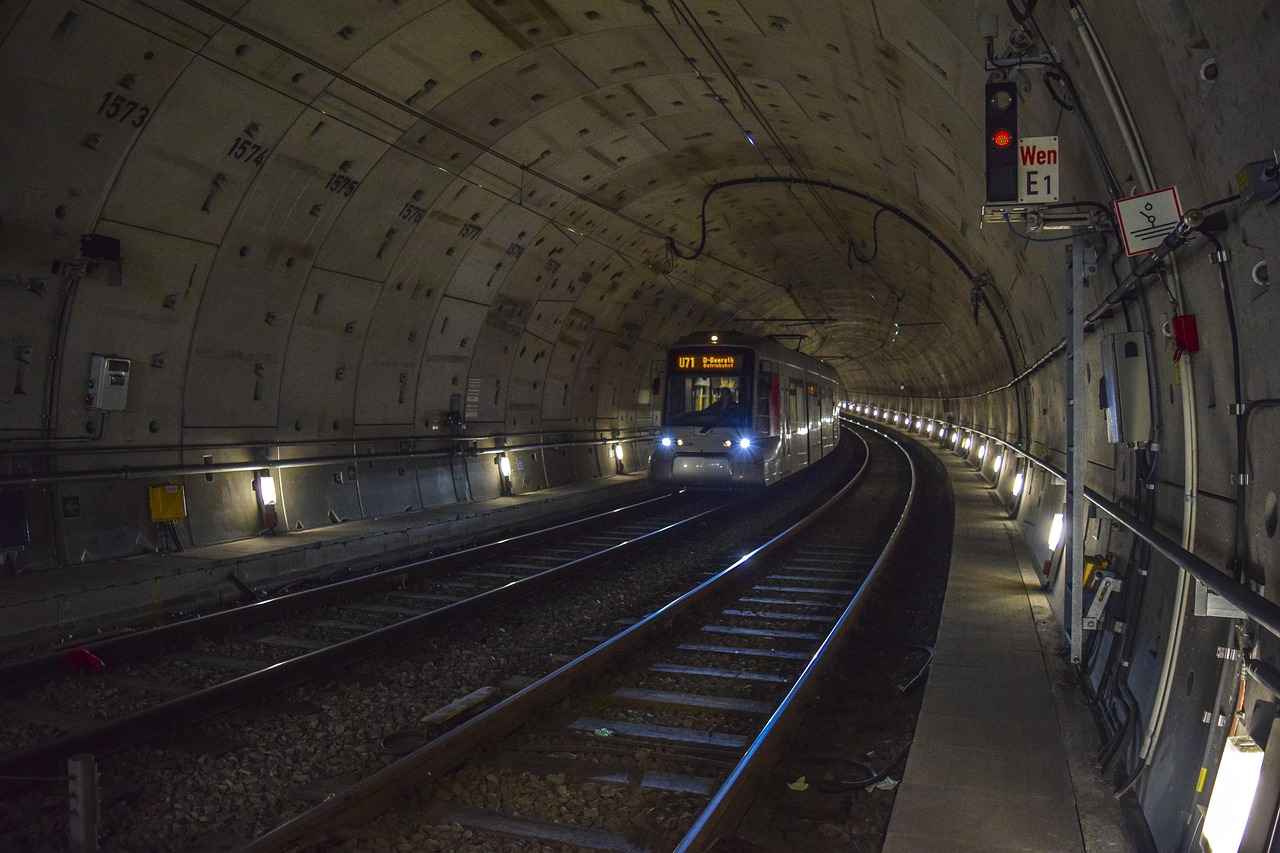
Challenges Facing the Tram System
Despite its advantages, Kolkata’s tram system is currently grappling with a variety of challenges that threaten its operation and future viability. This section outlines these issues in detail.
- Infrastructure Limitations: The existing infrastructure of the tram system is often outdated and requires significant upgrades. Many tram tracks are in disrepair, leading to delays and safety concerns. Additionally, the narrow roads in some areas limit the expansion of tram routes, making it difficult to meet the growing demands of the city’s population.
- Competition from Other Transport Modes: Kolkata’s trams face stiff competition from buses, taxis, and ride-sharing services like Uber and Ola. These alternatives often provide faster and more flexible options for commuters, which can lead to a decline in tram ridership. The convenience of app-based services is particularly appealing to younger generations, who may prefer the flexibility of on-demand transportation.
- Financial Constraints: The financial sustainability of the tram system is a pressing concern. With rising operational costs and limited government funding, maintaining and upgrading the tram network becomes increasingly challenging. This financial strain can hinder the ability to implement necessary improvements and innovations.
- Public Perception: There is a growing perception among the public that trams are slow and inefficient compared to other modes of transport. This perception can deter potential riders from choosing trams for their daily commute. To counteract this, there needs to be a concerted effort to promote the benefits of tram travel, including its environmental advantages.
- Environmental Challenges: While trams are generally considered a greener mode of transport, they are not immune to environmental challenges. Issues such as air pollution and traffic congestion can impact tram operations. Furthermore, the need for regular maintenance to keep the trams running efficiently can create additional environmental concerns.
Addressing these challenges is crucial for ensuring the long-term viability of Kolkata’s tram system. Stakeholders must collaborate to find innovative solutions that can enhance the system’s efficiency and appeal to the public.
Infrastructure Limitations
The of Kolkata’s tram system present significant challenges that hinder its operational efficiency and overall effectiveness. As one of the oldest tram systems in Asia, it has faced numerous hurdles, particularly in adapting to the modern urban landscape.
Firstly, the physical constraints of the existing tracks are a major concern. Many of the tram lines were laid over a century ago and have not been significantly upgraded since then. This results in narrow tracks that limit the speed and capacity of the trams. Additionally, the alignment of the tracks often conflicts with other urban infrastructure, such as roads and buildings, creating bottlenecks that slow down service.
Logistical challenges also play a role in the operational difficulties faced by the tram system. The integrated transport network is essential for seamless connectivity; however, the trams often struggle to coordinate with other modes of transport such as buses and metro services. This lack of synchronization can lead to long wait times for passengers, discouraging potential riders from choosing trams as their primary mode of transport.
Moreover, the urban environment poses additional challenges. Kolkata’s streets are often congested with traffic, making it difficult for trams to navigate efficiently. The presence of parked vehicles, street vendors, and pedestrians further complicates the situation, leading to delays and safety concerns.
In conclusion, while Kolkata’s tram system holds historical significance and offers a sustainable transport option, the it faces must be addressed to enhance its viability. Investing in modernizing the tram lines, improving coordination with other transport modes, and ensuring smoother navigation through congested areas are crucial steps for revitalizing this iconic system.
Competition from Other Transport Modes
Kolkata’s tram system, a historical gem, now faces considerable challenges due to the rise of buses and ride-sharing services. This competition has significantly impacted tram ridership and has prompted the need for service enhancements to remain relevant in the bustling urban landscape.
As the city evolves, the public transport sector has witnessed a surge in alternatives that cater to the diverse needs of commuters. Buses, with their extensive network and frequent services, have become a popular choice for many. Meanwhile, ride-sharing platforms offer the convenience of on-demand transport, appealing to a tech-savvy population.
| Transport Mode | Advantages | Challenges |
|---|---|---|
| Trams | Eco-friendly, historical significance, stable routes | Limited coverage, slower speeds |
| Buses | Wider reach, frequent services, cost-effective | Traffic congestion, less eco-friendly |
| Ride-sharing | Convenience, flexibility, door-to-door service | Higher costs, traffic impact |
The impact of this competition is evident in the declining ridership numbers for trams. Many passengers opt for quicker and more flexible options, leaving tram services struggling to maintain their user base. As a result, the tram authorities are compelled to consider service enhancements such as:
- Improving frequency during peak hours to attract more riders.
- Modernizing tram infrastructure to provide a more comfortable experience.
- Implementing promotional fares to incentivize use.
In conclusion, while Kolkata’s trams hold a unique place in the city’s transport history, adapting to the competitive landscape is crucial for their survival. By embracing improvements and acknowledging the challenges posed by buses and ride-sharing services, the tram system can continue to serve its community effectively.
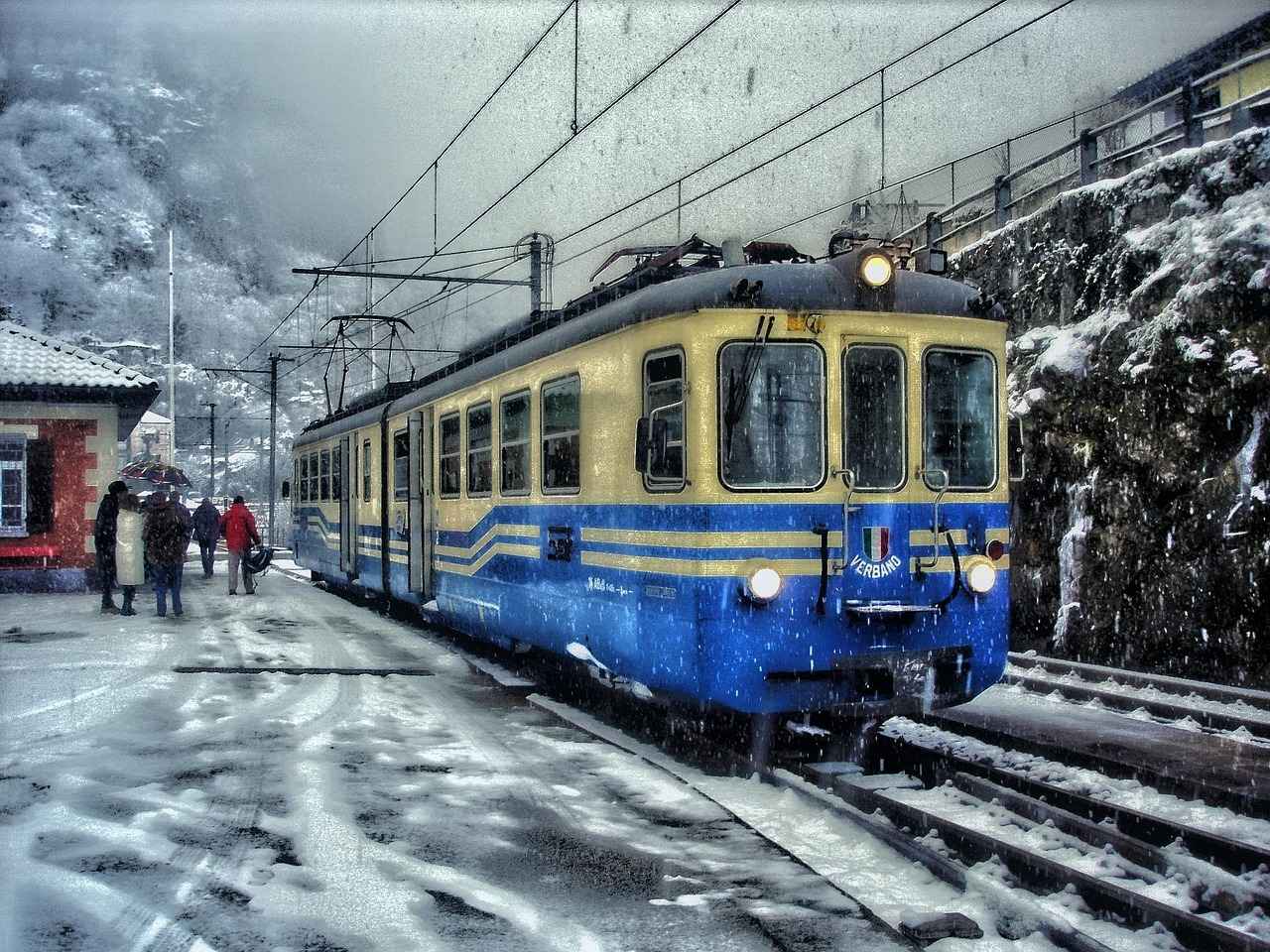
The Future of Kolkata’s Tram System
is a topic that captures the imagination of urban planners, environmentalists, and daily commuters alike. As one of the oldest tram systems in Asia, Kolkata’s trams have a rich history, but their future depends on various innovative developments and strategic improvements. This section explores the potential advancements that could enhance the tram service and ensure its sustainability in the 21st century.
- Modernization of Infrastructure: Upgrading the existing tracks and stations is crucial for improving efficiency. Investments in smart technology can streamline operations and enhance passenger experience.
- Integration with Other Transport Modes: Establishing seamless connections between trams, buses, and metro services will make public transport more convenient. This integration can significantly increase ridership.
- Adoption of Eco-Friendly Trams: The introduction of solar-powered or battery-operated trams can further reduce the carbon footprint, aligning with global sustainability goals.
- Enhanced Safety Measures: Implementing advanced safety protocols and technologies will ensure passenger safety and boost public confidence in using the tram system.
- Community Engagement: Involving local communities in decision-making processes can lead to better service tailored to the needs of residents, enhancing overall satisfaction.
In addition to these innovations, ongoing maintenance is essential to ensure the reliability of the tram service. Regular assessments and upgrades can prevent service disruptions and keep the trams in optimal condition.
Moreover, promoting the tram system through targeted marketing campaigns can raise awareness about its benefits, encouraging more residents to choose this sustainable transport option. Special promotional fares during festivals and events can also attract more users.
In conclusion, the future of Kolkata’s tram system is bright, provided that stakeholders prioritize modernization, sustainability, and community engagement. By embracing these changes, Kolkata can preserve its unique tram heritage while adapting to the demands of modern urban transport.
Frequently Asked Questions
- What is the history of Kolkata’s tram system?
Kolkata’s tram system began its journey in 1902, making it one of the oldest in Asia. It has been a vital part of the city’s transport landscape, connecting various neighborhoods and contributing to the urban culture over the decades.
- How many routes do the trams operate on today?
Currently, Kolkata’s trams run on several key routes that serve different parts of the city. These routes are essential for daily commuters, offering an economical and eco-friendly mode of transport.
- What are the daily ridership statistics for the tram system?
The daily ridership statistics reveal that thousands of passengers rely on trams for their daily commute. Understanding these numbers helps illustrate the tram system’s significance in Kolkata’s public transport framework.
- How do trams contribute to environmental sustainability?
Kolkata’s trams are an eco-friendly transport option, significantly reducing the carbon footprint compared to other vehicles. By using electric trams, the city helps lower greenhouse gas emissions and promotes sustainable urban living.
- What challenges does the tram system face?
Despite its benefits, the tram system faces challenges such as infrastructure limitations and competition from buses and ride-sharing services. These factors can affect ridership and the overall efficiency of the tram network.
- What does the future hold for Kolkata’s tram system?
The future of Kolkata’s tram system depends on several factors, including potential upgrades and innovations. Continued investment in maintenance and infrastructure improvements will be crucial for its sustainability and growth.
